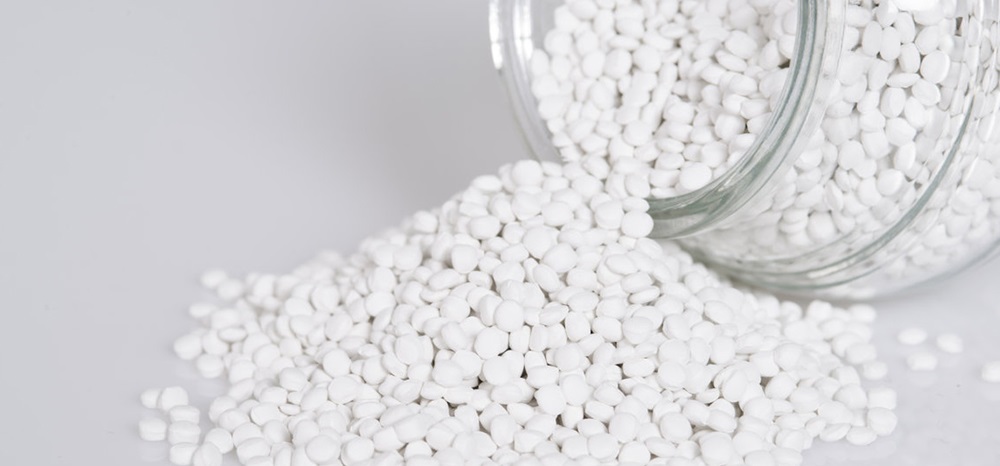Talc powder has been used for decades as an additive to improve the performance and strength of all different types of materials and compounds. In particular, the use of Talc powder for Talc-filled compounds has become increasingly popular due to the many benefits it provides. There are various uses of Talc powder as Talc-filled compounds, including its potential applications in construction, manufacturing, and a wide range of other industries. Finally, we will explore why Talc powder is an ideal additive for Talc-filled compounds and how its use can help to improve a product’s performance and strength.
If you are in the refractory industry, you should be taking advantage of the many benefits of talc powder as talc-filled compounds! Talc is a very effective and affordable mineral, renowned for its thermal insulation, electrical insulation, and chemical inertness. It can provide improved lifetime performance for your refractory products, better dimensional stability, and improved corrosion resistance. Not only that, it reduces shrinkage and micro-porosity in castables and enhances the surface properties of your products. With enhanced thermal shock resistance, improved spalling resistance, and lower cost in use due to reduced energy losses, using talc powder in your refractory compounds is the smart choice. Even better, talc powder is non-toxic and environmentally friendly, making it an easy choice for any refractory composition. So, if you’re in the refractory industry and haven’t yet taken advantage of the benefits of talc powder, why not give it a try? You won’t be disappointed!
Benefits of Talc Powder for Talc-Filled Compounds:
Talc powder is an incredibly versatile material, and when used as an additive in Talc-filled compounds, it can provide a number of benefits. One of the primary benefits of using Talc powder is increased strength. Talc can increase a compound’s compressive strength and improve its strength when stretched or flexed. This makes Talc-filled compounds ideal for applications that require strength and durability, and Talc-filled compounds are commonly used in construction and manufacturing.
In addition to strengthening a compound, the use of Talc powder can also increase the durability of a product. Talc particles fill in empty spaces in a product, making it less prone to cracking, chipping, and other damage caused by impacts and stress. This increased durability also helps to improve a product's longevity, as it can stand up better to long-term wear and tear. Talc powder can also boost the efficiency of a product, as it helps to reduce friction in moving parts and reduces resistance in electrical, chemical, and other types of processes.
Potential Applications in Different Industries:
The use of Talc powder for Talc-filled compounds can be seen in a wide range of industries. In the construction industry, Talc-filled compounds can be used to create more resilient structures while reducing construction costs and energy usage. In manufacturing, Talc-filled compounds can vastly improve the efficiency and performance of machine parts, tools, and other components. Talc powder is also being used in the medical field as a component in orthopedic implants and as a material for filling fractures. In the food processing industry, Talc-filled compounds can help to improve product safety, as well as reduce melting, sticking, and shrinkage. Talc-filled compounds are also being used in automotive applications, such as for the production of tires and for engine parts.



